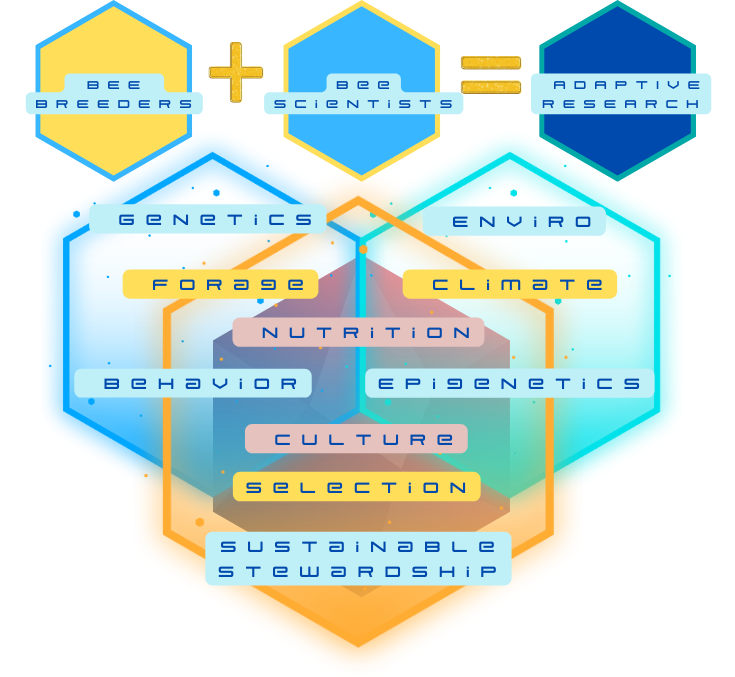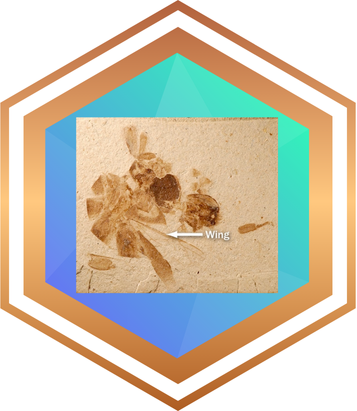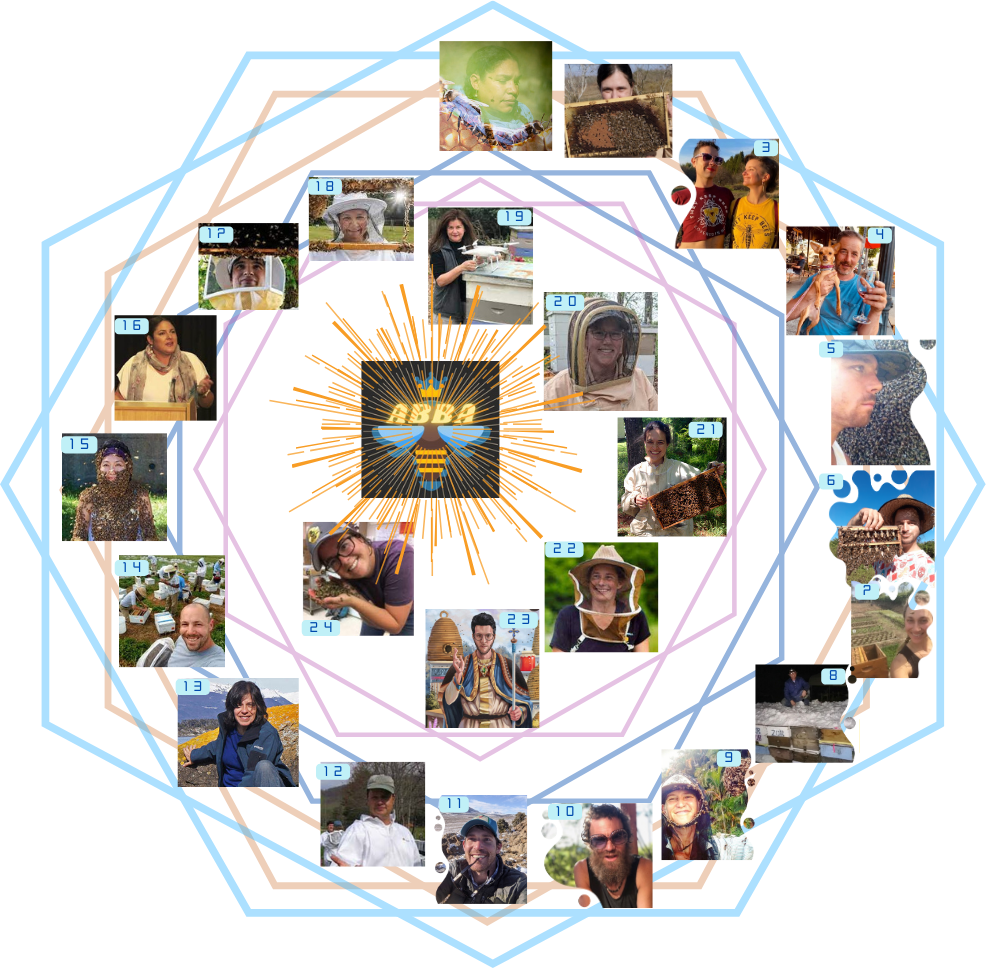About Us
Home / About
Introduction
Breeding Resilient Honey Bees
The discovery of Apis nearctica (fig.1) inspires investigation into Apis mellifera. emigration, migration, and stewardship to delve deeper into the history of American honey bee genetics and how today’s gene flow of contemporary cousins to this ancestor bee has been impacted by land stewardship practices, selection, climate change and adaptation . These factors impress upon the increasing challenges of breeding resilient and adaptive ecotypes, especially as the movement of honey bees across the North American continent has not been with the upmost care of circumstance and at a detriment to biodiversity conservation (fig. 2) . This Research to Grassroots (RGR) grant funded by Western Sustainable Agriculture Research Education (WSARE) is based on two previously funded WSARE grants: The Southwest Survivor Queenbee Project (Kirby, 2007), and The Rocky Mountain Survivor Queenbee Cooperative (Kirby, 2012) .

ABBA aims to build comb between the field and the lab and support small to mid-scale bee breeders in their efforts to investigate and preserve developing American Apis m. ecotypes, germplasm collection for integration and exchanges of naturally resilient strains, cryopreservation, Drone Congregation Area assessments (DCAs), development of whole system methods for adaptive bees for mitigating climate change challenges. Objectives include regionally-adaptive Bee Breeding & Management reference field guides, professional development opportunities, and applied research practices for selective bee breeding approaches across the United States ~ from the western coastal mountains, high deserts, intermountain forests and tundra, to the plains, swamps, and eastern woodlands. This project has been awarded funding starting 2022 – 2025 with fiscal agency by NM Community Capital .
Fig. 1. Apis nearctica (M.S. Engel, 2009) North American fossilized honey bee found in Nevada and dated to be 14 million years oldvrecognizable by its distinctive pattern of wing veins (arrow) and other features (such as hair on the eys) shared by modern relatives. M. S. Engel/Proc. Cal. Acad. Sci. https://ucanr.edu/b/~uO

Add some
These cheap garden hacks have saved me cash over the years and made some of the chores a little easier:
These cheap garden hacks have saved me cash over the years and made some of the chores a little easier:
Do you have questions? Call or visit us.
555.555.5555

(1) Melanie Kirby, (2) Megan Mahoney, (3) Ange Roell, (4) John Jacob, (5) Aiden Wing, (6) sam Comfort, (7) Emily Bondor (8) Mark Spitzig, (9) Tucka Saville, (10) Eric McEwan, (11) Zac Lamas, (12)Carl Chesick, (13) Ethel Villalobos, 14) Brandon Hopkins, (15) Judy Wu-Smart, (16) Juliana Rangel, (17) Garett Slater, (18) Kaira Wagoner, (19) Julia Mahood, (20) Robyn Underwood, (21) Margarita Lopez-Uribe, (22) Megan Milbraith, (23) Brock Harpur, (24) Ellen Topitzhopher
About Us
12141 Acapulco AveWest Palm, Florida(FL), US
Carazsupport@gmail.com
Mon – Fri: 10am – 16pm
Sunday: Close
Our Services
Arbor Management
Landscape
Enhancement
Pest Control
Nursery & Tree Farm
Subscribe
Subscribe to get notifications about new updates, etc.

